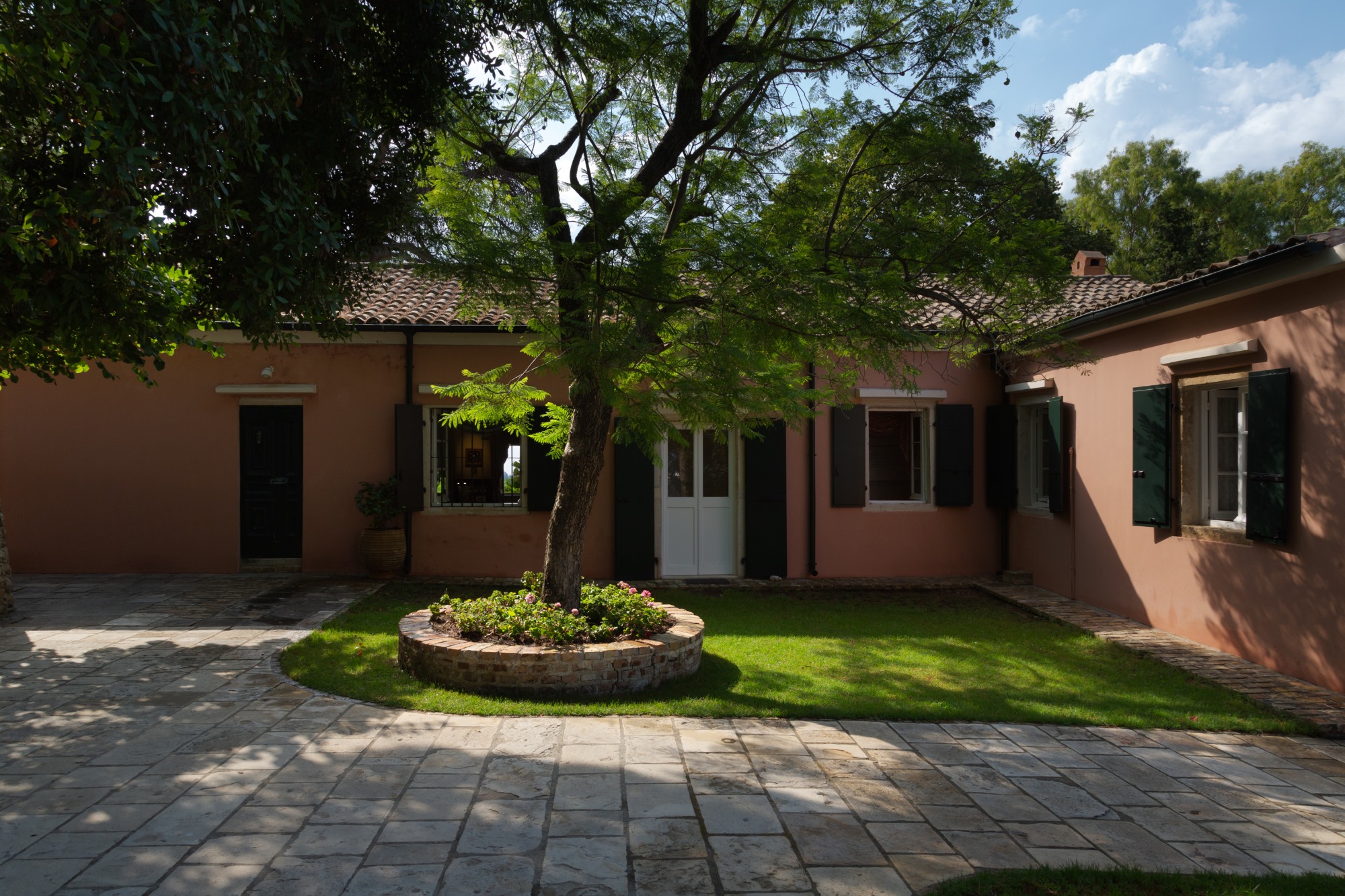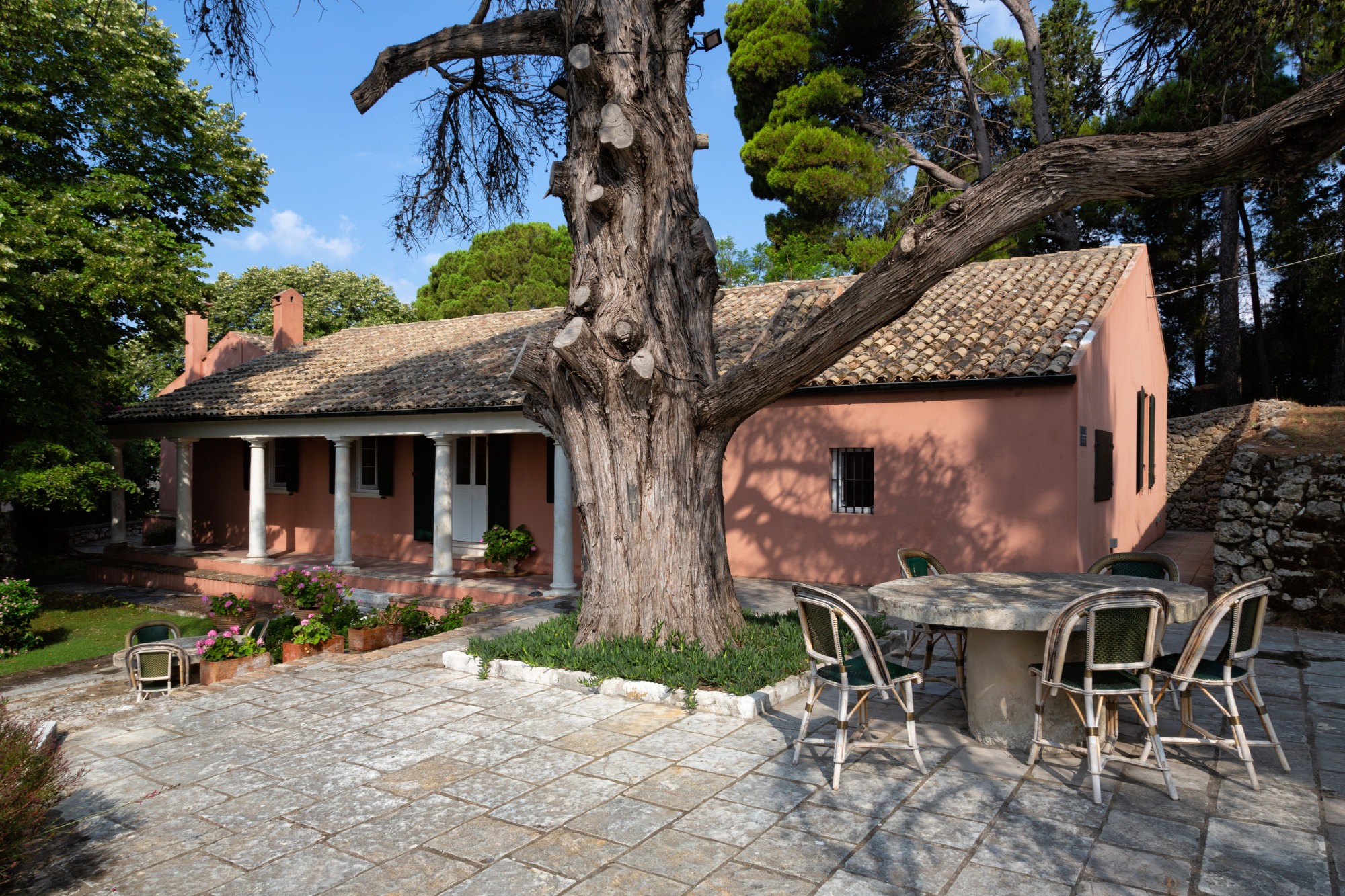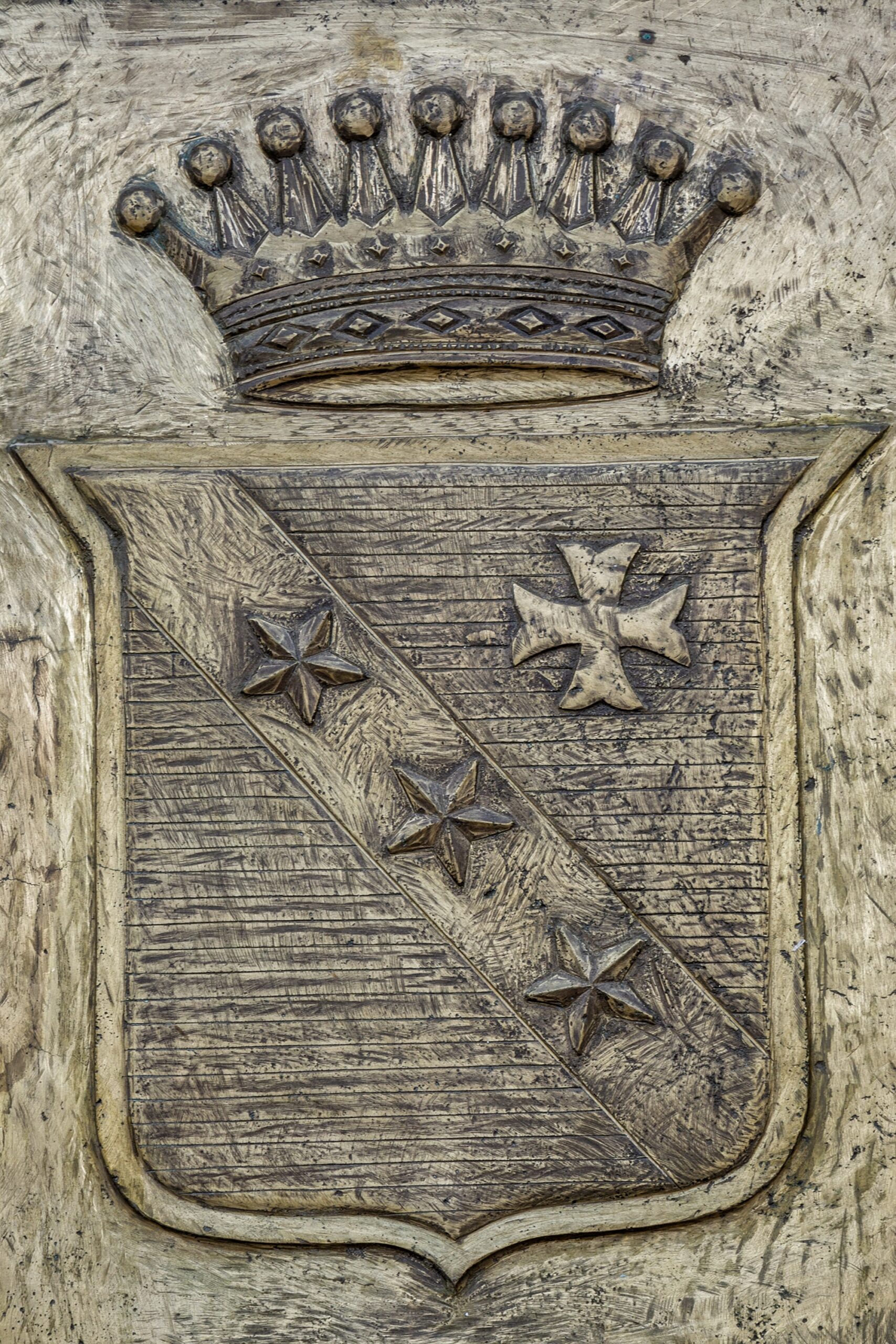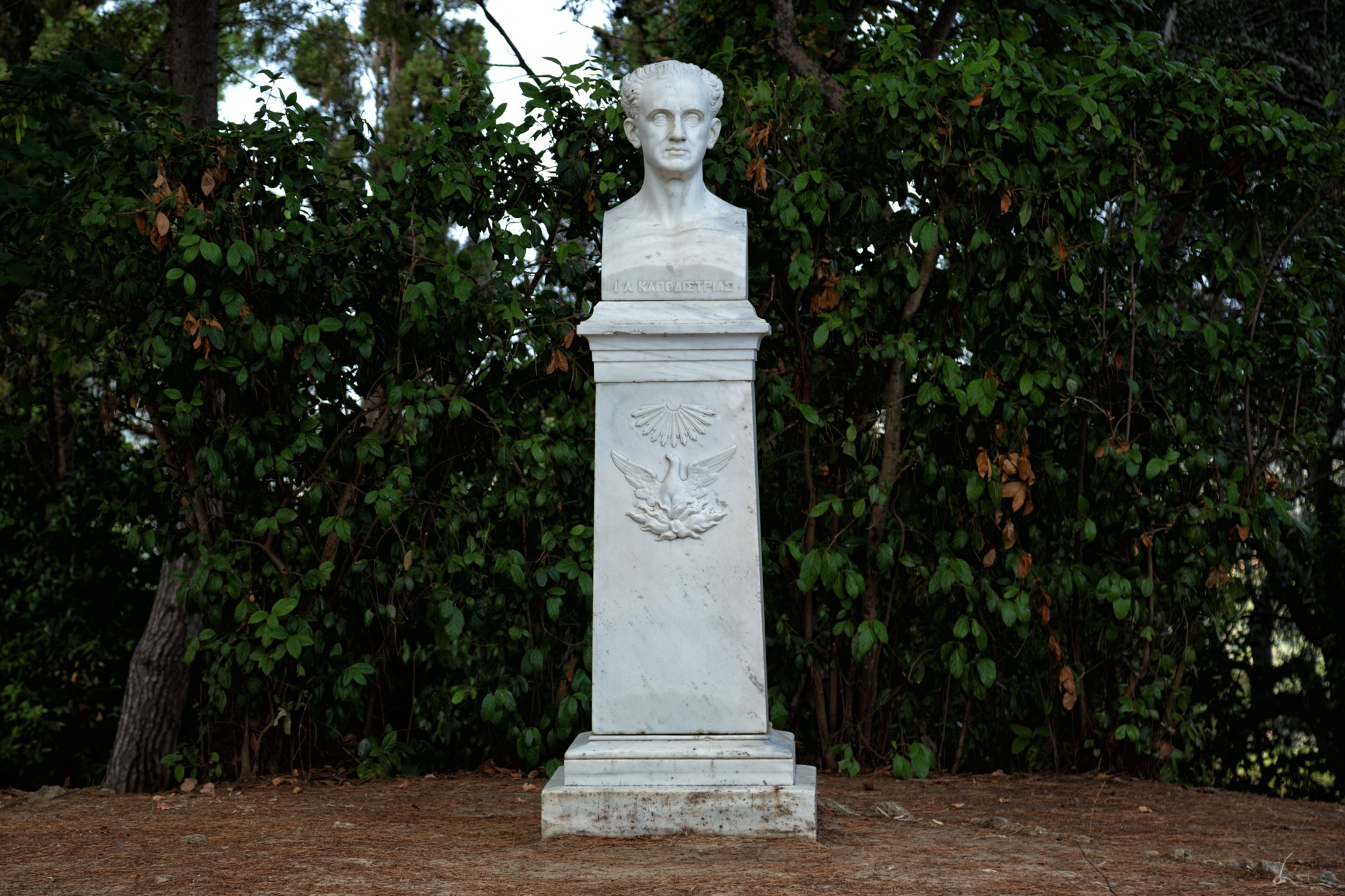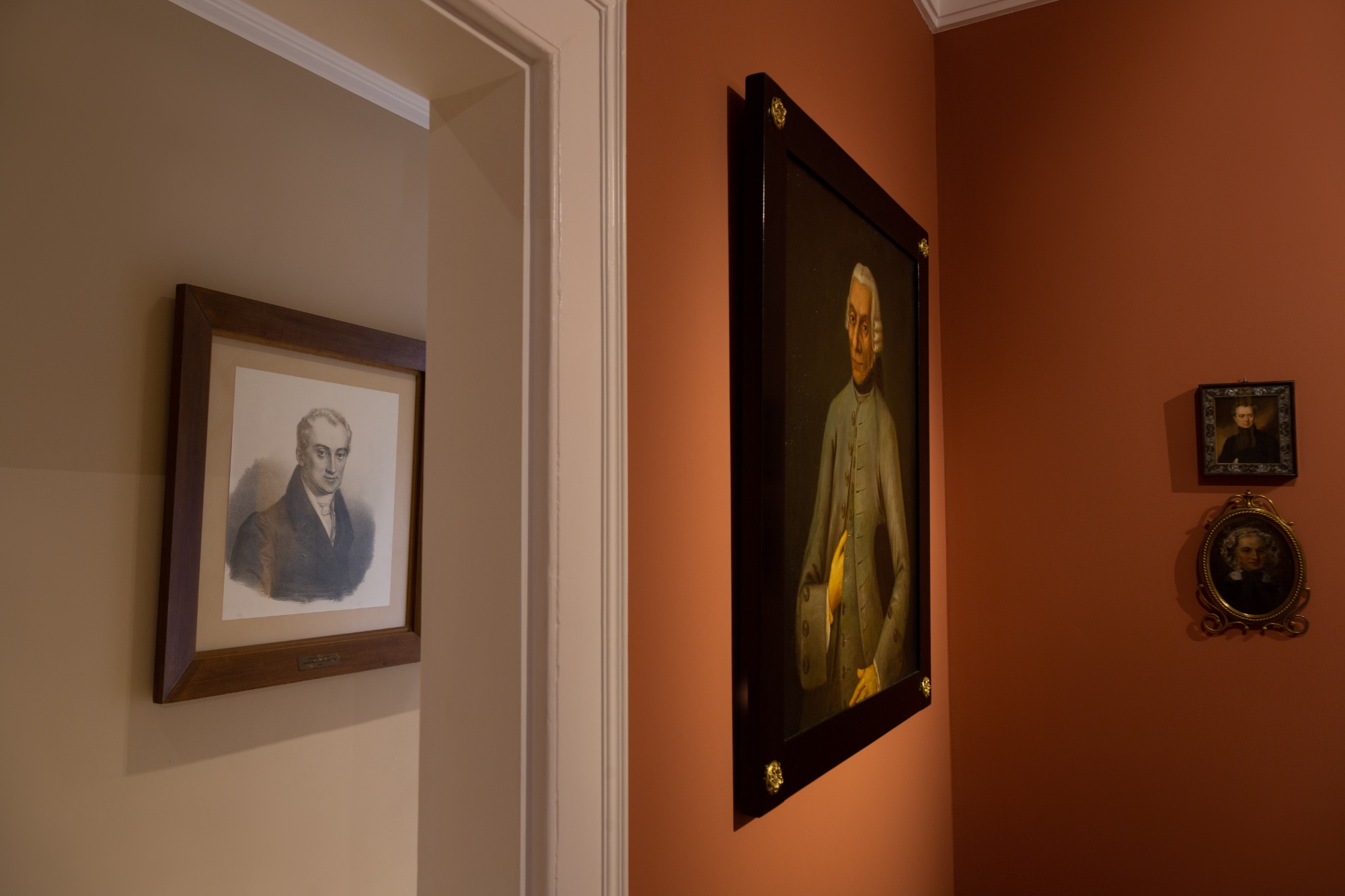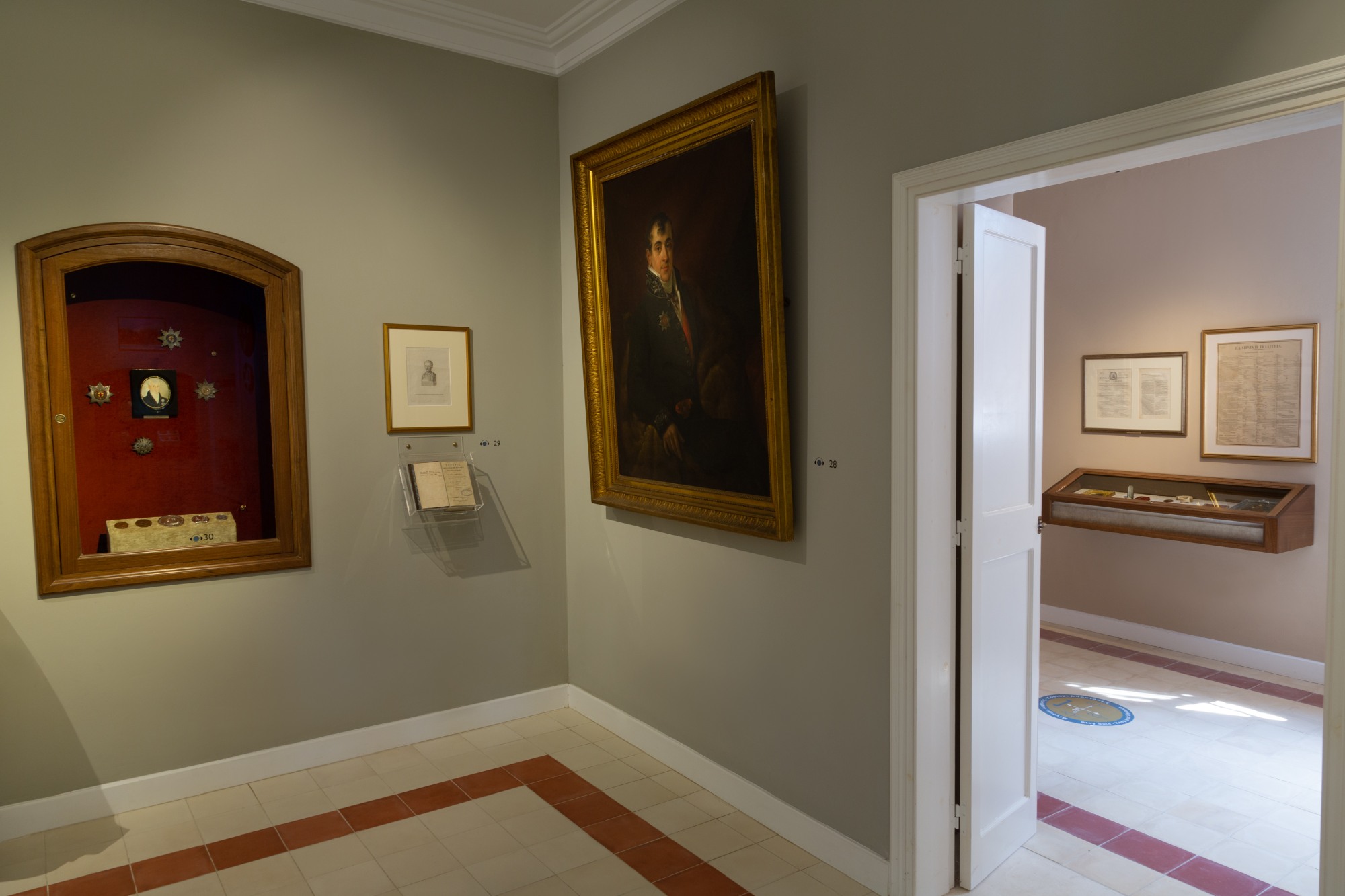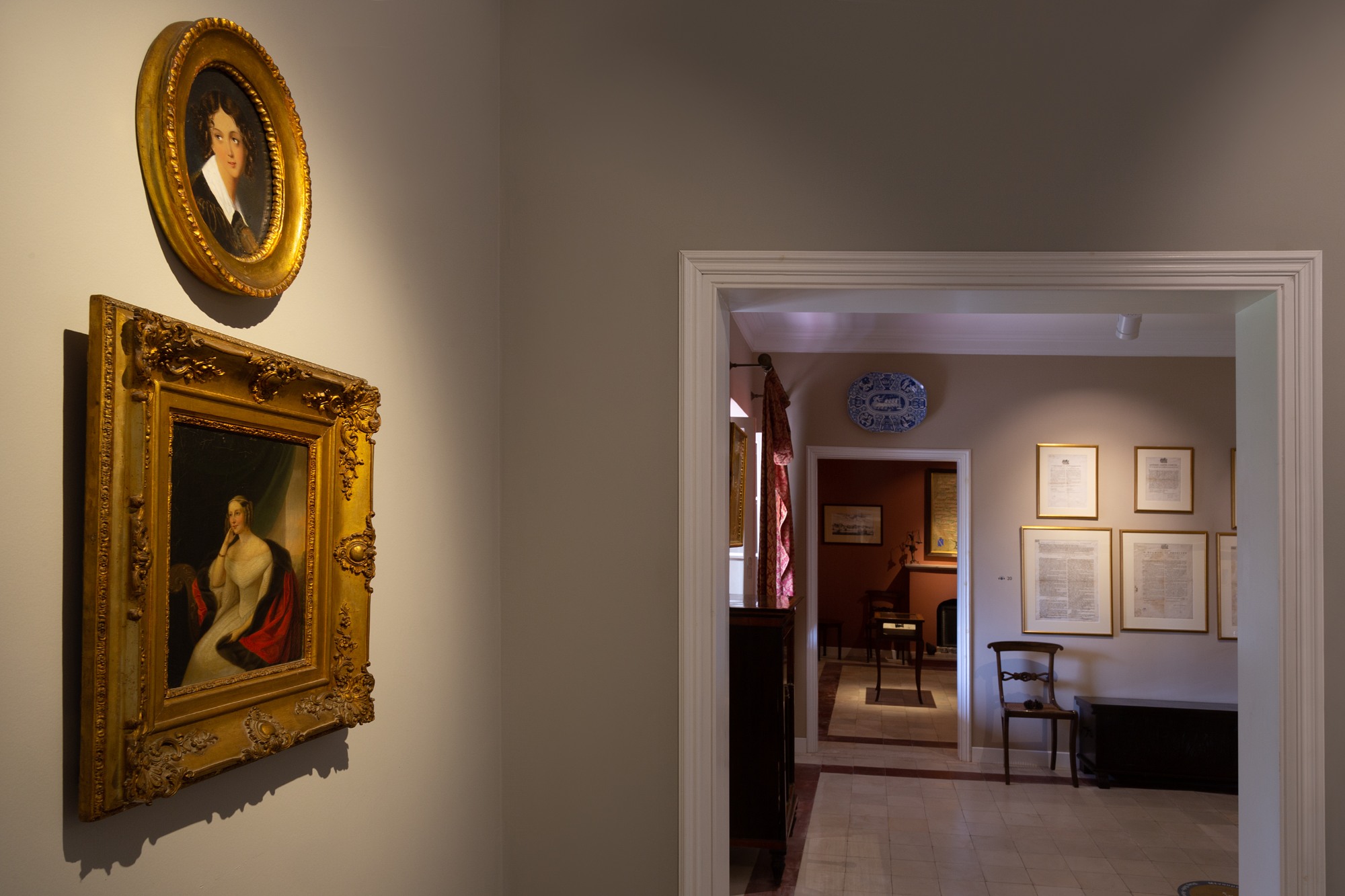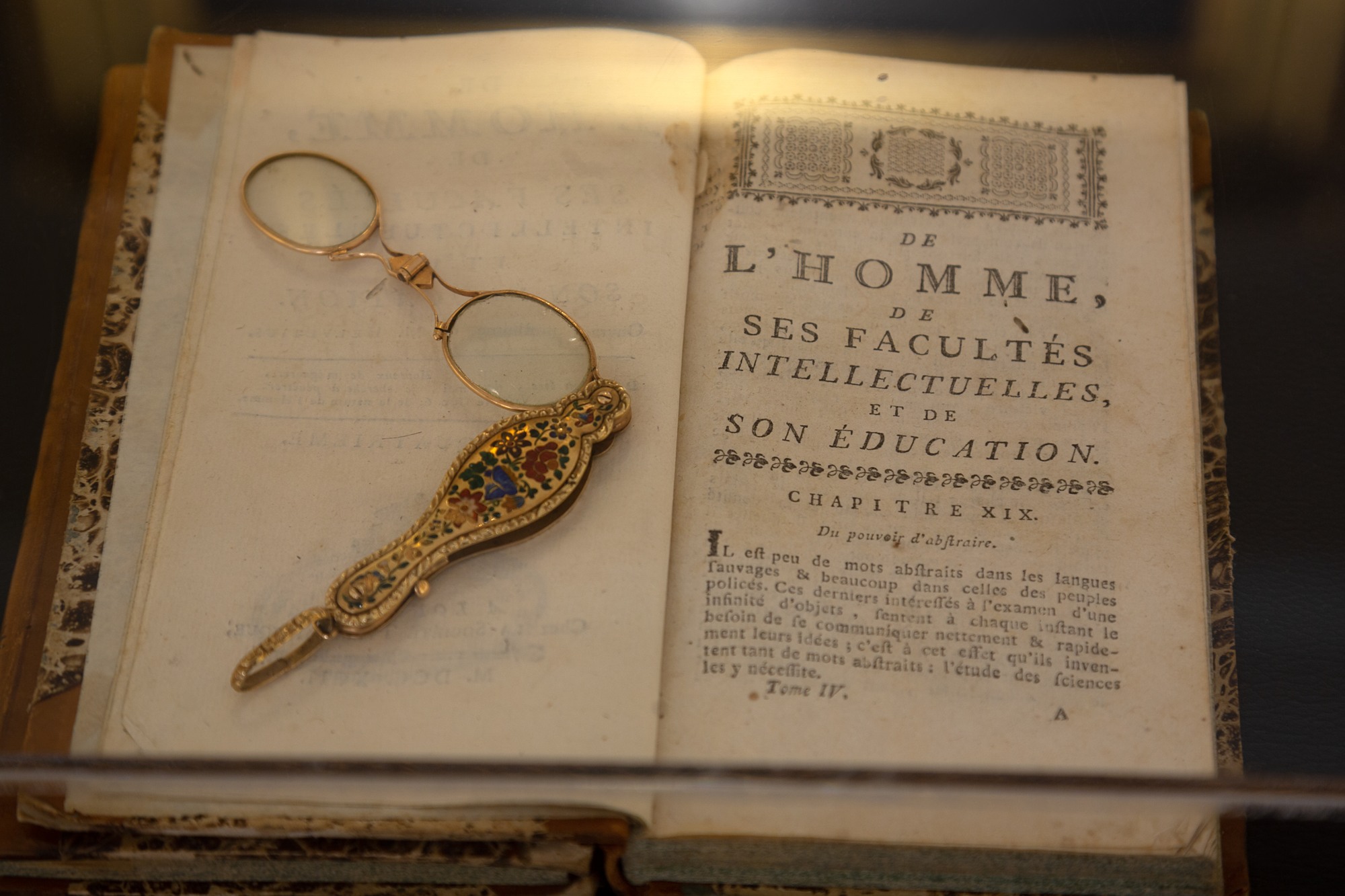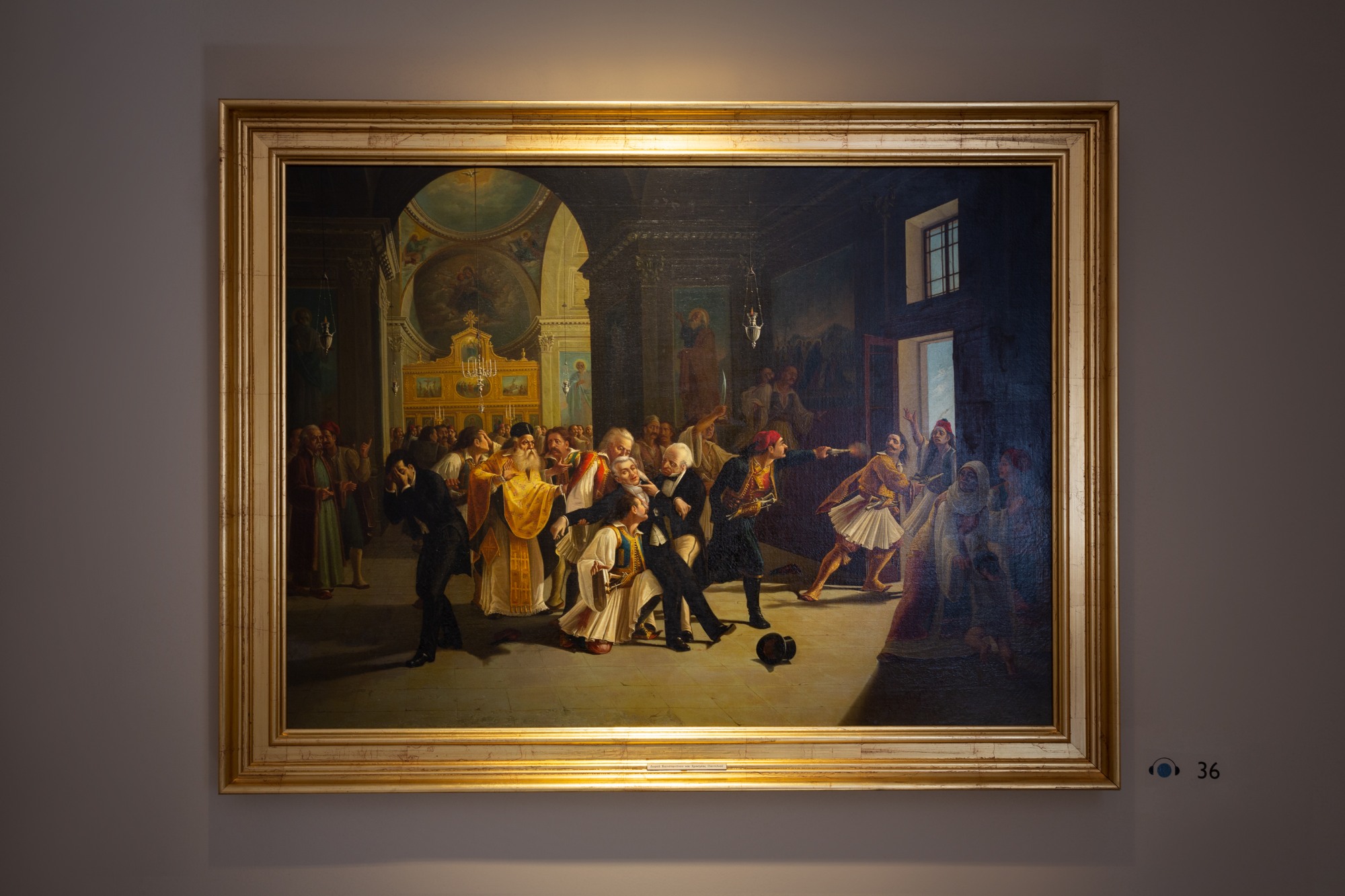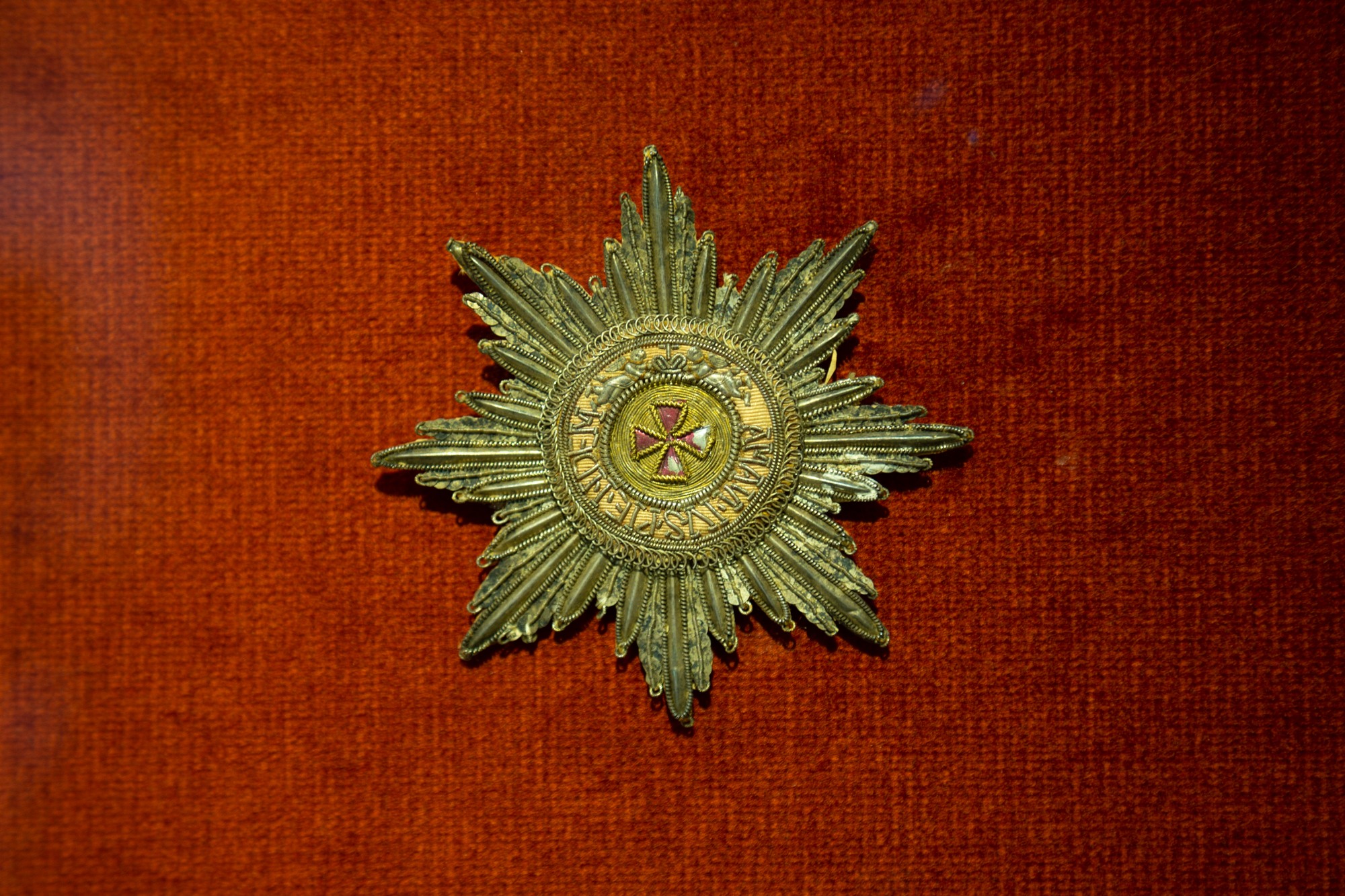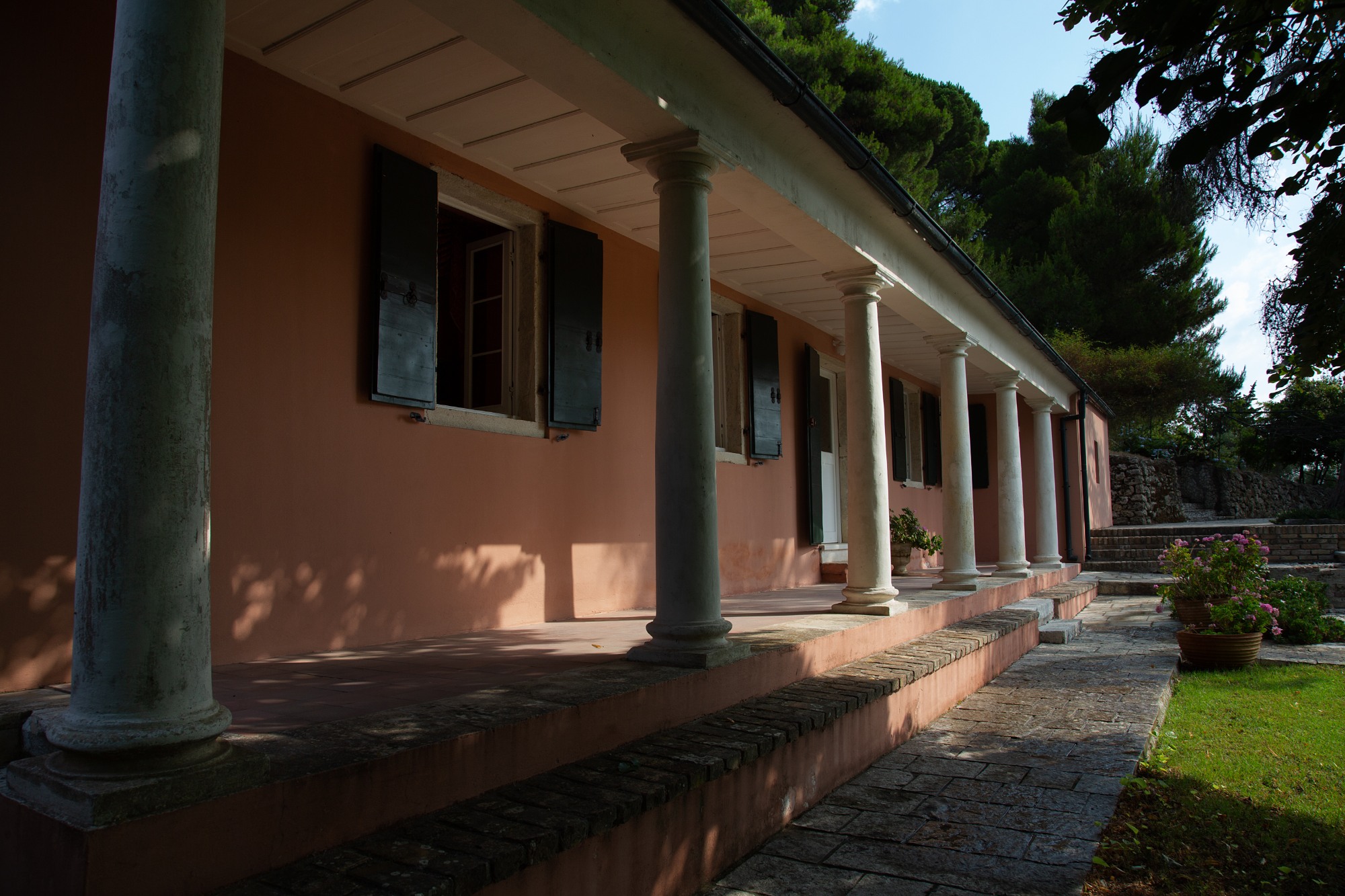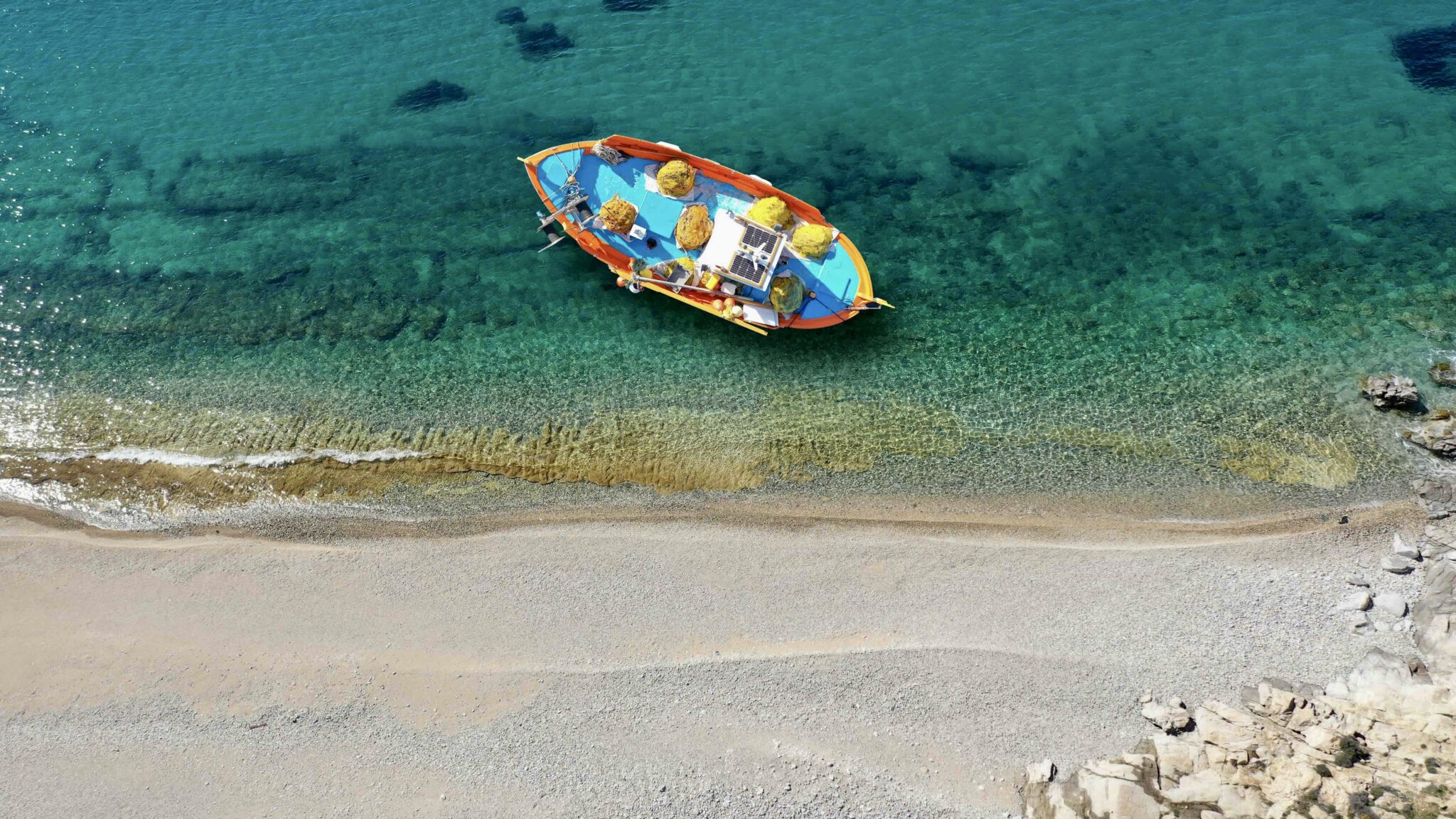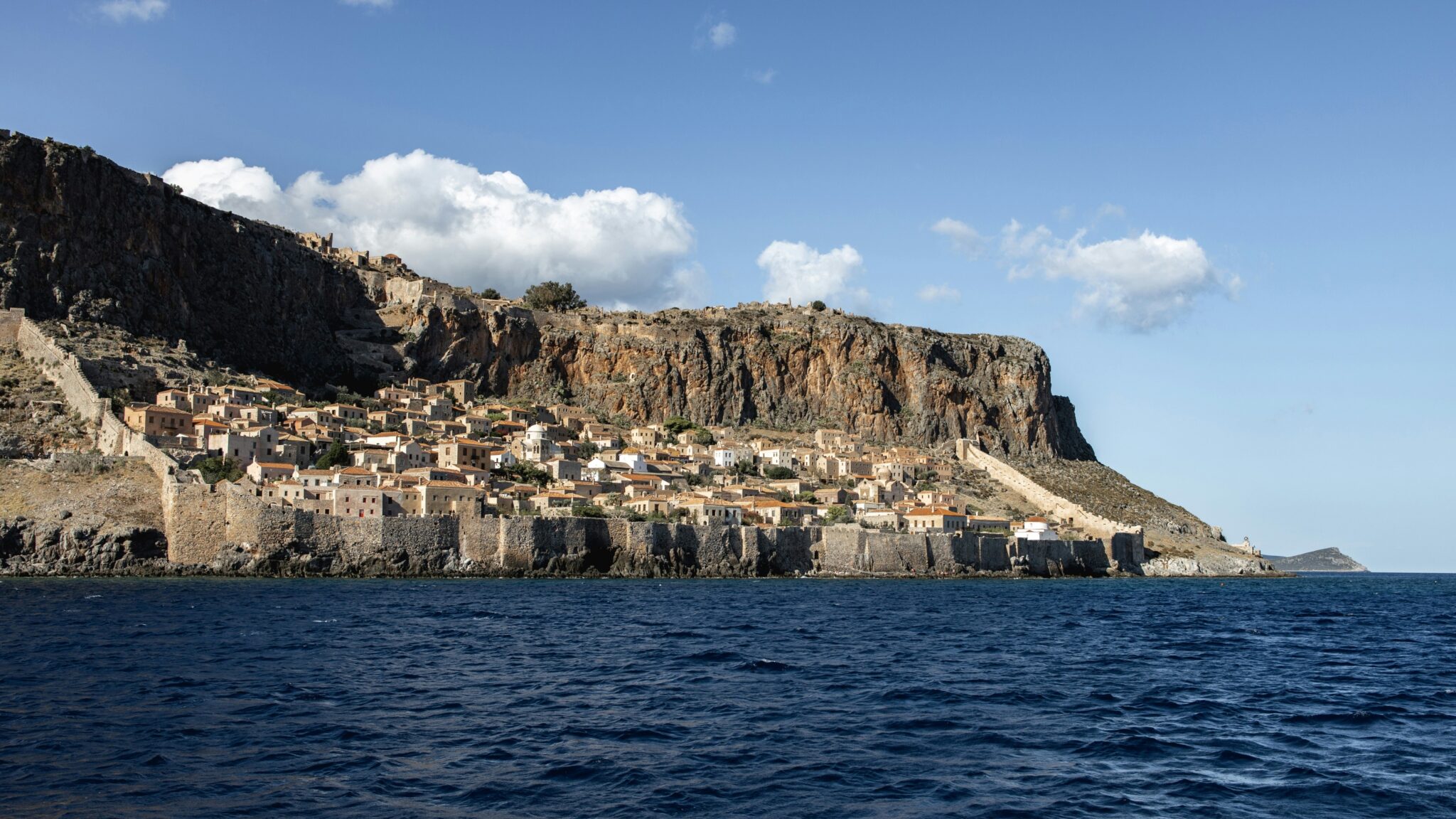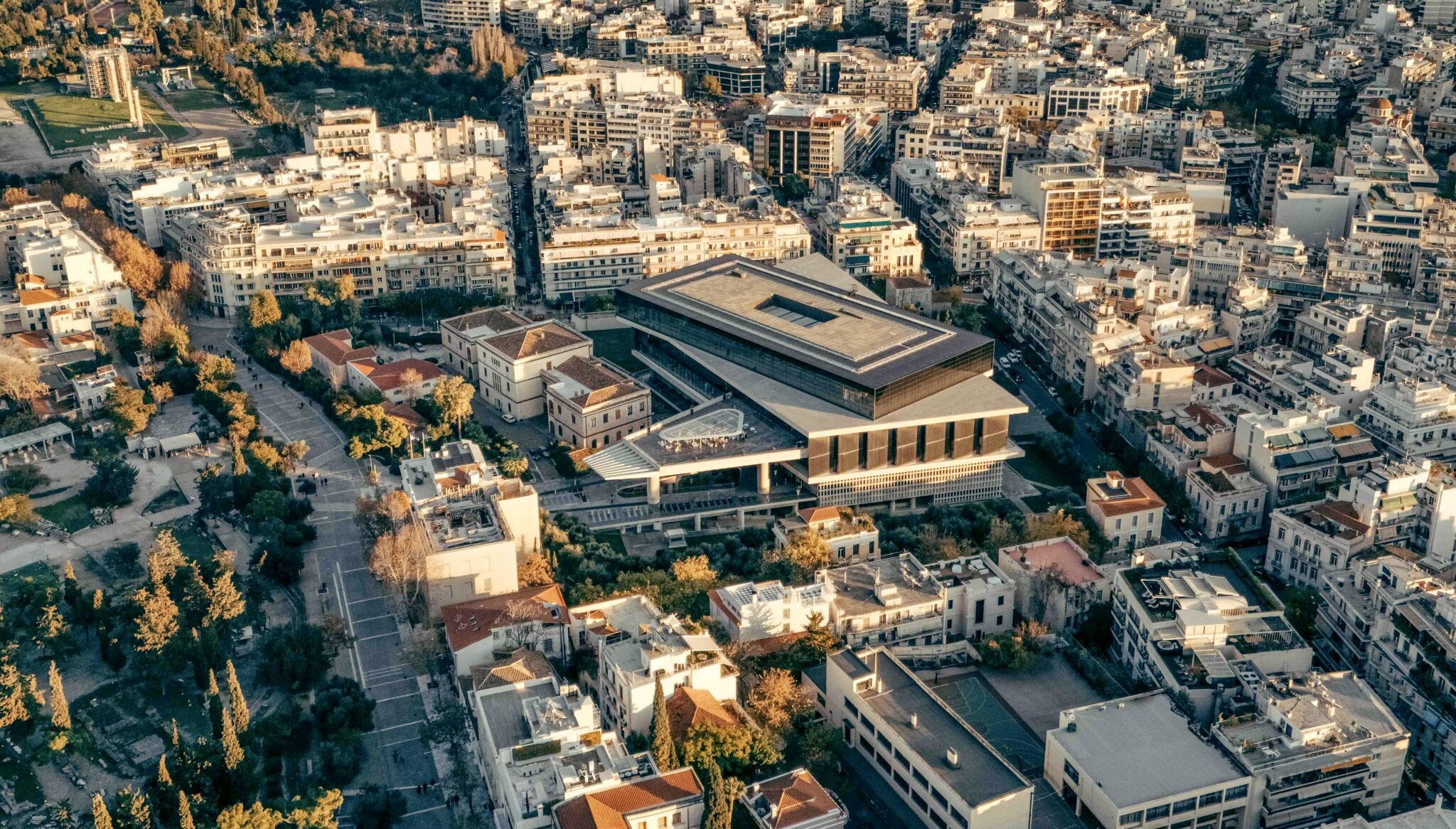Cocoon; one could describe as such the kiosk in the café patio of the lush green estate Koukouritsa, which means “top of the hill” in the local idiom. This is where Ioannis Capodistrias spent part of his youth, in his family’s country house.
Cocoon; The Capodistrias Museum – Centre of Capodistrian Studies operates as such, protecting with respect the historic relics of the Capodistrias family and presenting to the public the course of Greece’s first Governor in a meaningful and coherent account.
Arriving at the estate shortly after 10am, I sit down to sip an orange juice at the café and admire the panoramic view of the island –still stretching and dozing in the morning sun. Everywhere you look around you, the beauty of the landscape takes your breath away. The café’s kiosk –designed by architecture firm 2 τ [ r ] ό π ο ι Architecture- a beautiful green brushstroke, is in complete harmony with the natural environment. It is therefore no coincidence that it was awarded by the Greek Institute of Architecture and presented at the 9th Biennale of New Greek Architects in 2019. In the past, the garden has hosted an open-air cinema screening Art House films, while at the beginning of July this year an interactive performance by actress, drama teacher – theatre pedagogue Maria Papagiannaki, entitled “Se yon istwa men ansanm – This is a story of solidarity” was staged.
While I am talking to Mrs Daria Koskorou, director and curator of the museum, tiny Ritsa -short for Koukouritsa- climbs into my lap meowing and starts purring as she settles in. As Mrs Koskorou explains, there are no texts on the walls in the halls of the museum as “we didn’t want to lose that home feeling, hence all the enlightening and educational information is available free of charge on your mobile phone through a QR code. Additionally, the museum boasts a free audio tour service available to all visitors via a web application for smartphones and on a dedicated device. The audio guide to the permanent exhibition is available in four languages (English, Russian, French and Greek)”.
Indeed, as I walk through the six rooms of the permanent exhibition (four are dedicated to the life of Ioannis Kapodistrias, the fifth to his legacy and the sixth to the Koukouritsa estate) I feel that I am in a residence and not in a cold and sterile museum.
In the first room, which was once the living room of the Capodistrias’ house, you will discover essential biographical information about I. Capodistrias, including the environment and era that shaped his character, as well as information about his education and moral values. The exhibits include: portraits of the family, the family tree and seals of Capodistrias, religious objects and furnishings.
In the second room, which served as the formal entrance to the residence, you will come into contact with Capodistrias’ “entry” into politics, which took place in his homeland, Corfu and the Ionian Islands, during the time of the Septinsular Republic (1800-1807). The exhibits include: documents of the Septinsular Republic, Capodistrias’ bureau, and books from his personal library.
In the third room you will follow Capodistrias’ international political career as an official of the Russian Empire, as well as his continuous interest in the education of young Greeks and the development of a philhellenic movement in Europe. The exhibits include: honorary gifts and medals he received from European leaders, his certificate of citizenship from Geneva, Switzerland, souvenirs from the Congress of Vienna, portraits of himself and important personalities of the time, and the formal dinner service bearing his monogram.
In the fourth room you will discover Capodistrias’ vision for Greece and his preparations, his administration and his fall. The tour of the biographical part of the exhibition culminates in this room with the Governor’s assassination. The exhibits include: governmental documents, the first currency of Greece – the phoenix-, the Governor’s personal belongings and the dramatic painting by Ch. Pachis on the assassination of I. Capodistrias.
In the fifth room, 9 contemporary personalities discuss the legacy of Capodistrias on his island, in Europe and in Greece in a series of short filmed interviews.
And finally, in the sixth room you will discover the history of the Capodistrias’ estate and residence at Koukouritsa and how the historic country house was transformed into a museum dedicated to I. Capodistrias. The exhibits include: archival material related to the management of the estate, photographs of members of the Capodistrias family and important guests, as well as works of art and furnishings pertaining to the Capodistrias house.
Ask the kind and highly versed people of the Museum to give you access to the “I. Capodistrias Digital Archive” and to the online exhibition “The Ionian islands and the 1821 Greek Revolution”.
Another stop, before departure, at the museum’s café, under the shade of the trees that offer a breath of fresh air. I look around excitedly. I wonder how often a place combines such natural beauty, great history, impeccable aesthetics and people who welcome you with a genuine sense of hospitality and respect for tradition.
Koukouritsa is a great landmark of Corfu that highlights the unique aura of the island in the most discreet way. As long as you are there.



